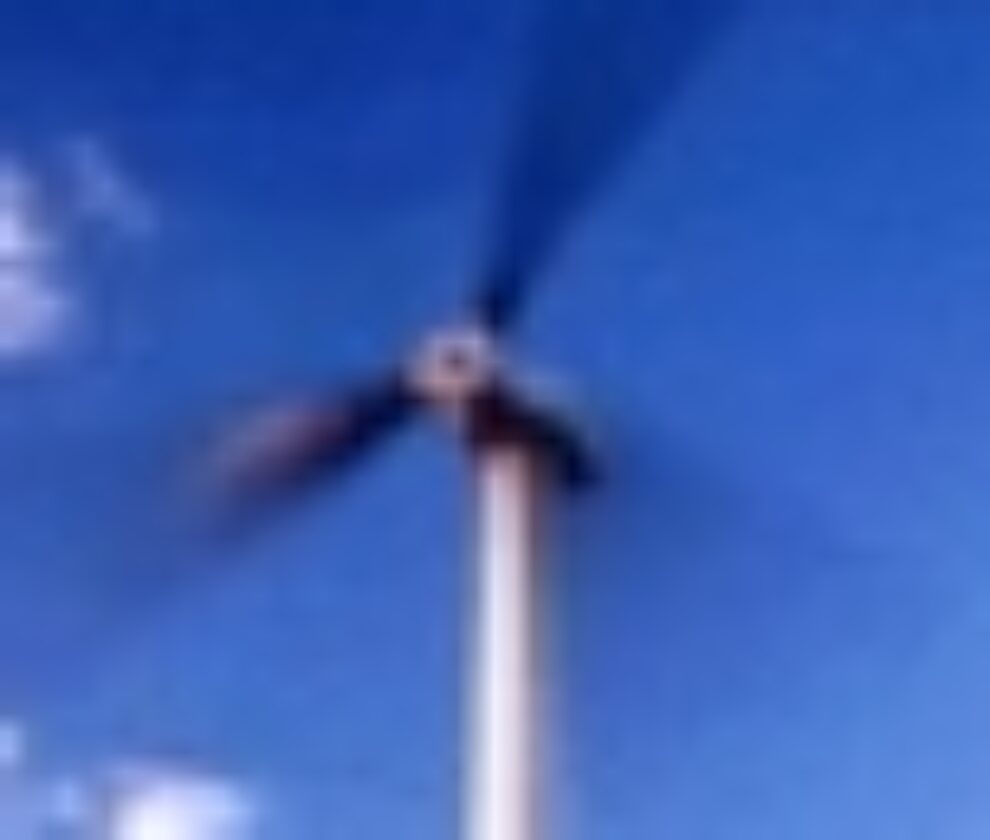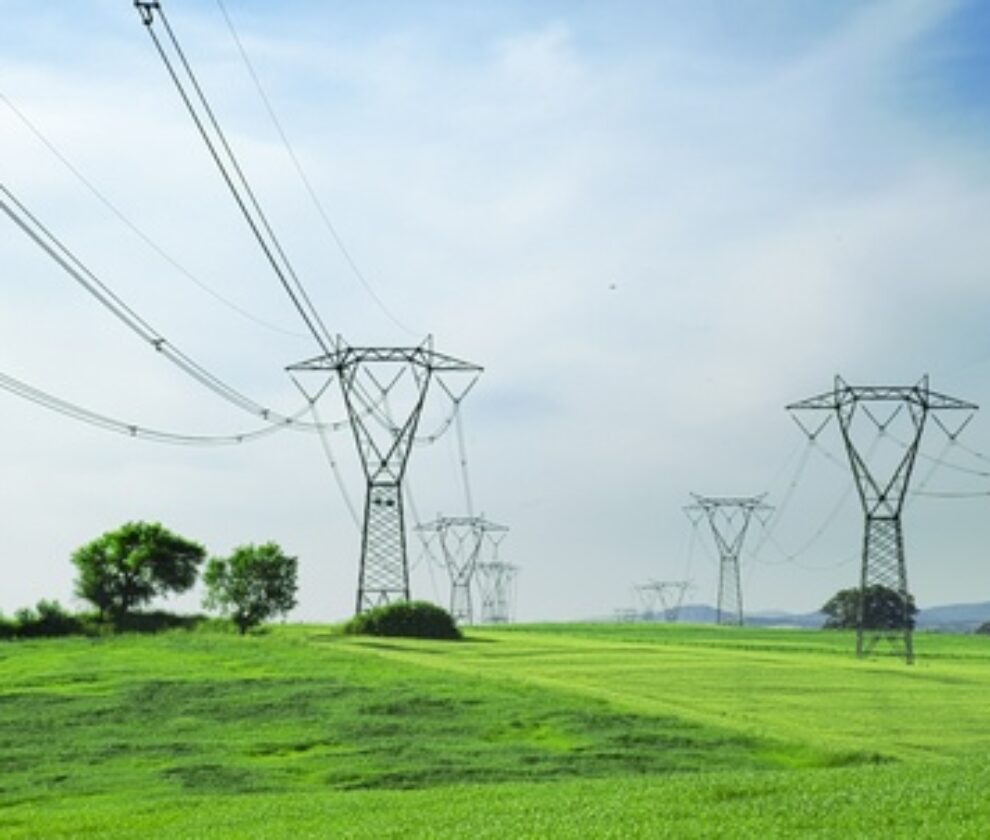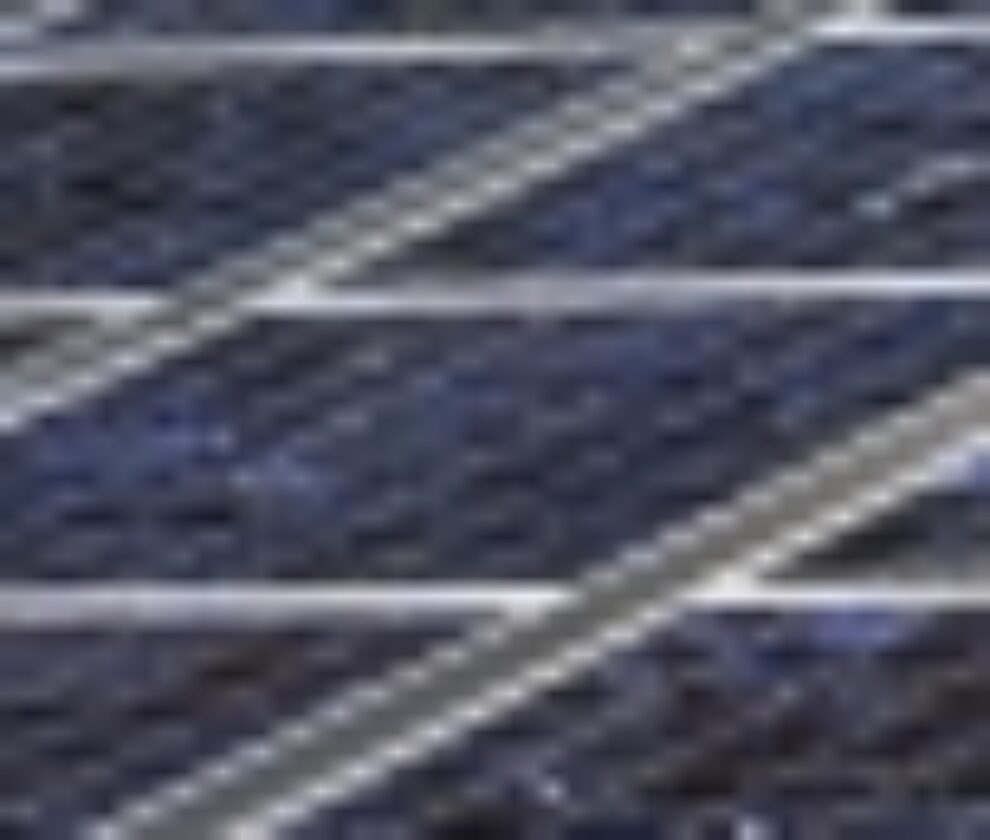Two weeks ago, an error by a maintenance worker in Arizona initiated a cascade of events that cut off electricity from Arizona to San Diego to Mexico. Traffic was snarled, schools were closed, and business activity came to a halt as more than 3.5 million people literally sweated it out in 100-degree-plus heat until power was restored. Fortunately, only 12 hours had elapsed, and although millions were inconvenienced and total costs will surely run into the tens of millions, the region dodged major economic losses, casualties, and loss of human life. State and federal bodies have already announced plans to conduct investigations of the incident. But we don’t need to wait for these reports to refresh some important lessons about the state of our nation’s electric grid and what to do about it:
Renewable resources like solar and wind are even more dependent on transmission lines. Unlike fossil fuels, wind and sunlight can’t be moved in pipelines or rail cars. Power lines are needed to move renewable electricity from remote areas where it is most economically produced – like the Great Plains and Desert Southwest – to where it is consumed, cities and suburbs around the country. America is home to some of the greatest renewable energy resources in the world – enough to meet all of our energy needs many times over. A robust and modern electric grid is the key to unlocking their potential.
Making our grid stronger does not mean we can’t make it smarter and more efficient; in fact, we need to do both. If California’s recent blackout helps us work together toward those goals, we’ll be that much closer to addressing our economic and environmental challenges.



